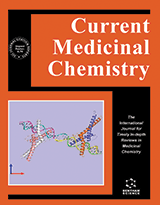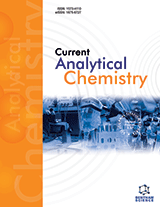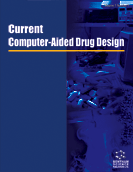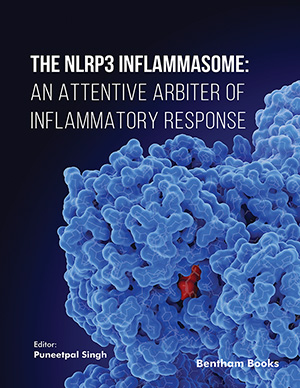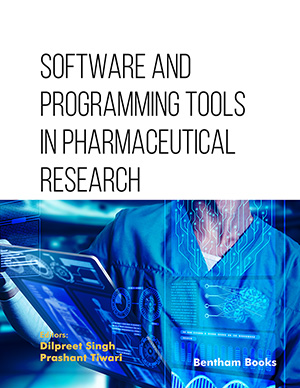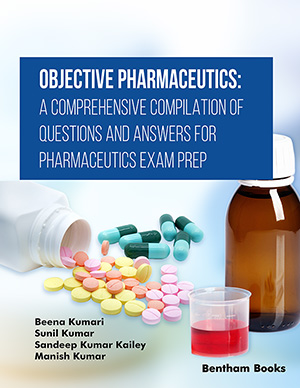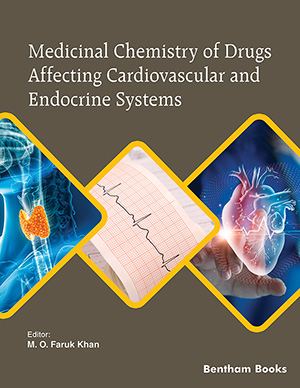Abstract
Lipid peroxidation-driven iron-dependent ferroptosis is a regulated cell death mechanism implicated in numerous diseases, such as neurological diseases, kidney injury, ischemia, and tumors, including prostate cancer. The cellular mechanisms of ferroptosis are strongly associated with iron, reactive oxygen species and amino acid metabolic pathways. Several compounds, namely ferroptosis inducers, impact these pathways and trigger ferroptosis by i) inhibiting Xc - transporter system, ii) impairing GPX4 functions and iii) oxidizing iron and polyunsaturated phospholipids. Preclinical studies show that in combination with conventional anticancer drugs, ferroptosis inducers are effective in prostate cancer and in combating the progression towards the castration-resistant disease. This review overviews the mechanisms implicated in ferroptosis and discusses the findings achieved in prostate cancer.
Keywords: Prostate cancer, ferroptosis, lipid peroxidation, GPX4, ROS, cancer therapy.
Current Medicinal Chemistry
Title:Ferroptosis Inducers for Prostate Cancer Therapy
Volume: 29 Issue: 24
Author(s): Nadia Zaffaroni and Giovanni Luca Beretta*
Affiliation:
- Molecular Pharmacology Unit, Department of Applied Research and Technological Development, Fondazione IRCCS Istituto Nazionale dei Tumori, Milan, 20133, Italy
Keywords: Prostate cancer, ferroptosis, lipid peroxidation, GPX4, ROS, cancer therapy.
Abstract: Lipid peroxidation-driven iron-dependent ferroptosis is a regulated cell death mechanism implicated in numerous diseases, such as neurological diseases, kidney injury, ischemia, and tumors, including prostate cancer. The cellular mechanisms of ferroptosis are strongly associated with iron, reactive oxygen species and amino acid metabolic pathways. Several compounds, namely ferroptosis inducers, impact these pathways and trigger ferroptosis by i) inhibiting Xc - transporter system, ii) impairing GPX4 functions and iii) oxidizing iron and polyunsaturated phospholipids. Preclinical studies show that in combination with conventional anticancer drugs, ferroptosis inducers are effective in prostate cancer and in combating the progression towards the castration-resistant disease. This review overviews the mechanisms implicated in ferroptosis and discusses the findings achieved in prostate cancer.
Export Options
About this article
Cite this article as:
Zaffaroni Nadia and Beretta Luca Giovanni*, Ferroptosis Inducers for Prostate Cancer Therapy, Current Medicinal Chemistry 2022; 29 (24) . https://dx.doi.org/10.2174/0929867329666220111120924
| DOI https://dx.doi.org/10.2174/0929867329666220111120924 |
Print ISSN 0929-8673 |
| Publisher Name Bentham Science Publisher |
Online ISSN 1875-533X |
Call for Papers in Thematic Issues
Advances in Medicinal Chemistry: From Cancer to Chronic Diseases.
The broad spectrum of the issue will provide a comprehensive overview of emerging trends, novel therapeutic interventions, and translational insights that impact modern medicine. The primary focus will be diseases of global concern, including cancer, chronic pain, metabolic disorders, and autoimmune conditions, providing a broad overview of the advancements in ...read more
Approaches to the treatment of chronic inflammation
Chronic inflammation is a hallmark of numerous diseases, significantly impacting global health. Although chronic inflammation is a hot topic, not much has been written about approaches to its treatment. This thematic issue aims to showcase the latest advancements in chronic inflammation treatment and foster discussion on future directions in this ...read more
Cellular and Molecular Mechanisms of Non-Infectious Inflammatory Diseases: Focus on Clinical Implications
The Special Issue covers the results of the studies on cellular and molecular mechanisms of non-infectious inflammatory diseases, in particular, autoimmune rheumatic diseases, atherosclerotic cardiovascular disease and other age-related disorders such as type II diabetes, cancer, neurodegenerative disorders, etc. Review and research articles as well as methodology papers that summarize ...read more
Chalcogen-modified nucleic acid analogues
Chalcogen-modified nucleosides, nucleotides and oligonucleotides have been of great interest to scientific research for many years. The replacement of oxygen in the nucleobase, sugar or phosphate backbone by chalcogen atoms (sulfur, selenium, tellurium) gives these biomolecules unique properties resulting from their altered physical and chemical properties. The continuing interest in ...read more
 110
110
- Author Guidelines
- Graphical Abstracts
- Fabricating and Stating False Information
- Research Misconduct
- Post Publication Discussions and Corrections
- Publishing Ethics and Rectitude
- Increase Visibility of Your Article
- Archiving Policies
- Peer Review Workflow
- Order Your Article Before Print
- Promote Your Article
- Manuscript Transfer Facility
- Editorial Policies
- Allegations from Whistleblowers
- Announcements
Related Articles
-
Histone Deacetylases: Anti-Angiogenic Targets in Cancer Therapy
Current Cancer Drug Targets Curcumin Suppresses Tumor Growth and Angiogenesis in Human Glioma Cells Through Modulation of Vascular Endothelial Growth Factor/ Angiopoietin-2/Thrombospondin-1 Signaling
CNS & Neurological Disorders - Drug Targets The Akt Pathway: Molecular Targets for Anti-Cancer Drug Development
Current Cancer Drug Targets Targeting Role of Glioma Stem Cells for Glioblastoma Multiforme
Current Medicinal Chemistry Perfusion Computed Tomography and its Application in Oncologic Practice
Current Molecular Imaging (Discontinued) DYRK1A Kinase Inhibitors with Emphasis on Cancer
Mini-Reviews in Medicinal Chemistry Sulfur Containing Acridine Derivatives in Preclinical Studies with Cancer Cell Lines
Current Medicinal Chemistry Sanguinarine: A Double-Edged Sword of Anticancer and Carcinogenesis and Its Future Application Prospect
Anti-Cancer Agents in Medicinal Chemistry Cell to Cell Spreading of Misfolded Proteins as a Therapeutic Target in Motor Neuron Disease
Current Medicinal Chemistry Mitochondrial and Nuclear Genes of Mitochondrial Components in Cancer
Current Genomics Dendrimers: Nanosized Multifunctional Platform for Drug Delivery
Drug Delivery Letters Immunotherapeutic Options for Pediatric Malignancies
Current Immunology Reviews (Discontinued) Regulation of Radiation-Induced Apoptosis by Early Growth Response-1 Gene in Solid Tumors
Current Cancer Drug Targets The Cytoprotective and Anti-cancer Potential of Bisbenzylisoquinoline Alkaloids from <I>Nelumbo nucifera</I>
Current Topics in Medicinal Chemistry Wnt / β-Catenin Signaling Pathway as Novel Cancer Drug Targets
Current Cancer Drug Targets Amplicons as Vaccine Vectors
Current Gene Therapy Patent Selections
Recent Patents on Inflammation & Allergy Drug Discovery Recent Nanocarrier Approaches for Targeted Drug Delivery in Cancer Therapy
Current Molecular Pharmacology Effect of MRJF4 on C6 Glioma Cells Proliferation and Migration
Central Nervous System Agents in Medicinal Chemistry Evasion of Ribonuclease Inhibitor as a Determinant of Ribonuclease Cytotoxicity
Current Pharmaceutical Biotechnology


